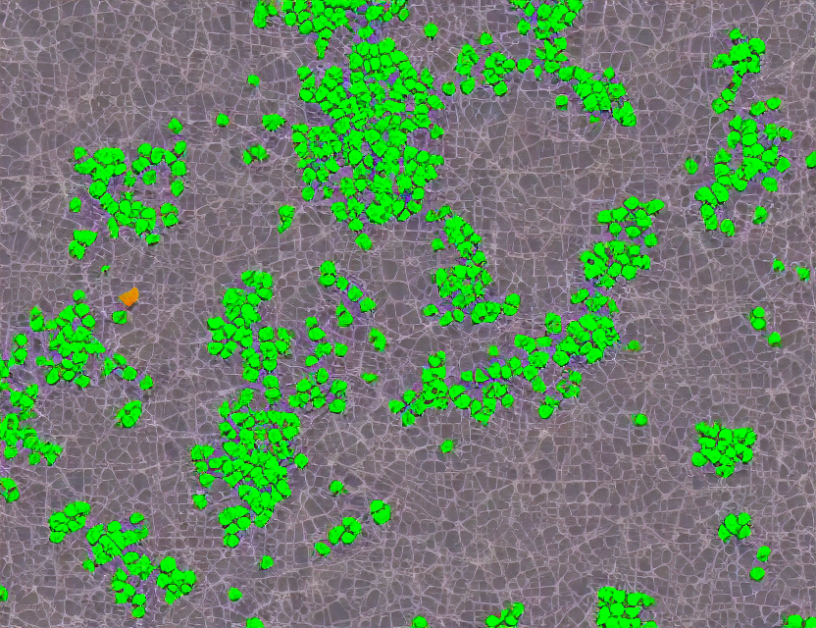Direct importance estimation is a crucial step in machine learning, which helps us understand how important each feature is for predicting the target variable. However, this task can be challenging when the data distribution changes or when there are limited labeled examples available. In their paper, "OracleQ: A Least-Squares Approach to Direct Importance Estimation," the authors propose a novel method called OracleQ that addresses these issues by using a least-squares approach.
The authors begin by explaining that traditional methods for direct importance estimation rely on Monte Carlo integration, which can be computationally expensive and may not provide accurate results when the data distribution changes. To overcome this limitation, OracleQ uses a least-squares approach to estimate the importances directly from the data.
To understand how OracleQ works, let’s consider an example of a machine learning model that predicts the price of a house based on its features, such as the number of bedrooms, square footage, and location. When we train this model on a dataset with a large number of labeled examples, the model learns to assign weights to each feature based on their importance for predicting the target variable. However, when we encounter new data that has different features or a different distribution, the model may struggle to adapt and provide accurate predictions. This is where OracleQ comes in.
OracleQ works by estimating the importances of each feature directly from the data using a least-squares approach. The authors explain that this method is similar to solving a linear regression problem, where we want to find the best-fitting line that minimizes the sum of the squared differences between the predicted and actual values. By doing so, OracleQ can provide accurate estimates of the importances even when the data distribution changes.
The authors demonstrate the effectiveness of OracleQ through theoretical analysis and simulations. They show that OracleQ achieves an excellent theoretical estimation performance and provides better error bounds than existing methods. Additionally, they demonstrate that OracleQ can be used in practical scenarios by applying it to a real-world dataset.
In summary, OracleQ is a novel method for direct importance estimation that uses a least-squares approach to provide accurate estimates of the importances even when the data distribution changes. By avoiding the computational complexity of Monte Carlo integration and providing better error bounds than existing methods, OracleQ can be a valuable tool for machine learning practitioners who need to estimate the importances of features in changing data distributions.
K-Nearest Neighbor Method Achieves Excellent Estimation Performance in Synthetic Labeling: A Non-Asymptotic Study



